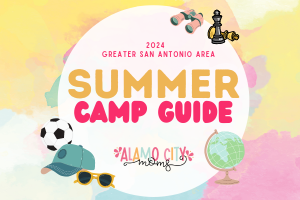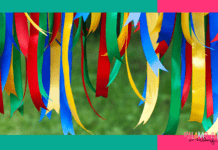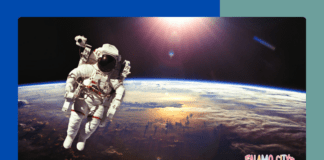November is Native American Heritage Month, a celebration that may not seem well connected to San Antonio, but it should be. That heritage and influence helped shape our city. Did you know that San Antonio has the 10th largest Native American population in the United States? Celebrating Native American Heritage Month in San Antonio is as simple as taking the time to learn more about our city’s heritage and jumping into crafts and events that help bring it to life.
One of the things we love most about San Antonio is that mix of cultures and influences that meld to make our chosen hometown so vibrant. We want our son to learn, appreciate, and celebrate the diverse heritage that surrounds us and see cultural differences not as differences, but as a rich heritage to know, understand, and respect.
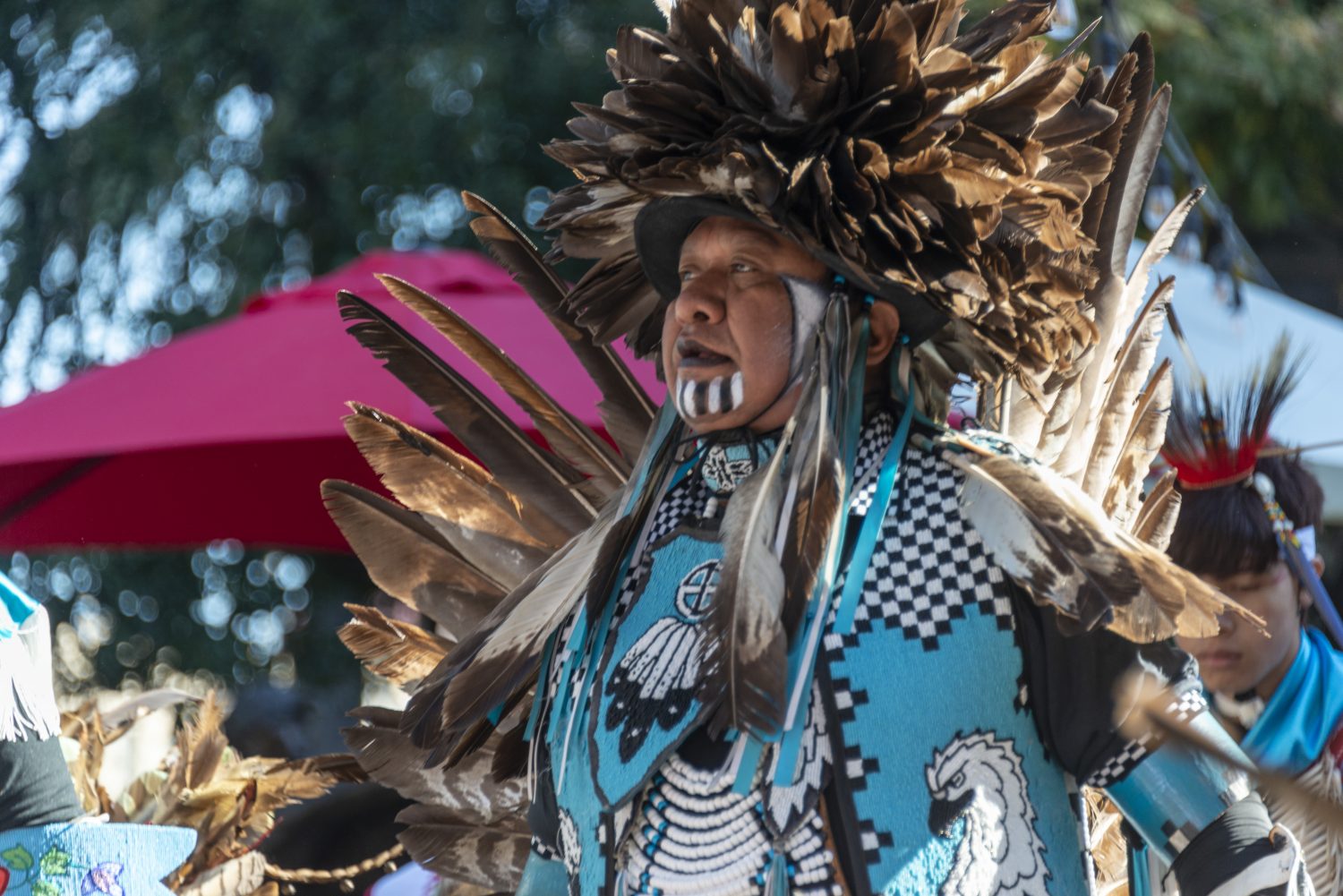
Without Native Americans, San Antonio as we know it might not exist. Bexar County archaeological sites, family genealogies, DNA tests, and oral histories detail that Native Americans in San Antonio are a 15,000-year-old story—and one we all should know. Long before Spanish and European settlers found their way here, tribes including the Coahuiltecan, Tonkawa, Karankawas, Carrizo, Caddoans, and Apaches were some of the first people to have settled in the area. And they helped build San Antonio’s beloved missions.
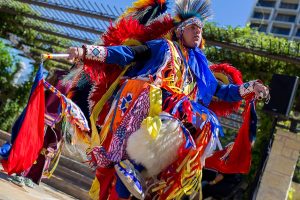 American Indians in Texas at the Spanish Colonial Missions works to share that story, preserving and protecting the culture and traditions of the Native American tribes and other indigenous people who resided in the Spanish colonial missions. To learn more about Native American history at the missions, this virtual tour includes how Native culture has endured and continues to shape the culture of our city.
American Indians in Texas at the Spanish Colonial Missions works to share that story, preserving and protecting the culture and traditions of the Native American tribes and other indigenous people who resided in the Spanish colonial missions. To learn more about Native American history at the missions, this virtual tour includes how Native culture has endured and continues to shape the culture of our city.
If you’d like to celebrate Native American Heritage Month in San Antonio and share that history and heritage with your family, these crafts are great ways to engage your kids in Native American heritage. They’re also a good way to keep hands busy during Thanksgiving prep and are fun to do with multiple generations, visiting cousins, and friends. (Check out these other ideas for keeping kids busy during Thanksgiving, or make this simple wreath a family project.)
Corn Husk Doll
Corn husks make more than great tamale wrappings! You can craft a corn husk doll with just husks and string. This great video is a terrific guide and includes the Haudenosaunee origin story of the Corn Husk Doll. Supplies you’ll need include five corn husks, scissors, string, a felt sheet (optional), and a bowl of water.
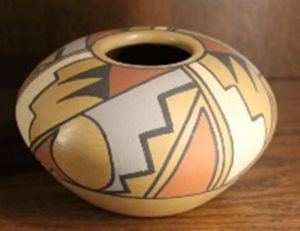
Pinch Pot
Working with clay/Play-Doh is one of the things we did a lot when my son was developing his hand strength. Pottery-making is common to many Native American tribes. Pinch pots are the ideal project for kids who are just starting to craft. They can form their own bowl or vessel just by pinching clay with their fingers. Get the details here and see what little creative hands can shape.
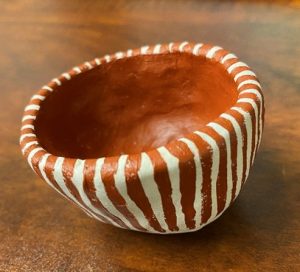
Bison Hide Art
No, you won’t need real bison hide for this craft, but it does walk you through how some American Indians recorded stories on bison hides. Craft your own bison hide from construction paper, a brown paper bag, or even fabric. Get the craft details here.
Dreamcatcher
This one is terrific for little ones who have bad dreams. Legend says that the dreamcatcher catches bad dreams and then those bad dreams burn up in the light of day. Learn how to create one here. Supplies you’ll need include a hoop that is at least three inches in diameter, one spool of 1/8-inch ribbon or yarn, 1–3 beads for decoration, one feather, and scissors.
Caddo Coil Pot Art
The Caddo were one of the tribes found in Texas. The Bullock Museum in Austin hosts American Indian Heritage Day activities annually to mark the history of American Indians in Texas. Their tutorial on how to make coil pot art is easy to follow and works with air-dry clay, Play-Doh, or model magic. You’ll need a plastic knife and a toothpick to work with the clay.
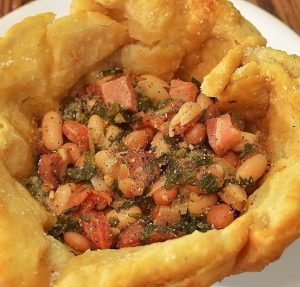
Make Your Own Frybread
A standard Native American food, frybread appears to be nothing more than fried dough—like an unsweetened funnel cake, but thicker and softer, full of air bubbles and reservoirs of grease—but it is revered by some as a symbol of Native pride and unity. Click here for a recipe from San Antonio’s Briscoe Western Art Museum and learn more about the tradition and how to make it.
Yarn Art
Nierikas (pronounced Near-eeka) are traditional yarn paintings made by the Huichol people. Native to Mexico, Huicholes are known for their magnificent and colorful bead and yarn art. Natural glue, made from tree resin and beeswax, is applied to a board, and yarn is pressed into it and left to harden. The designs and symbols are based on their myths, stories, and personal daily activities. Learn how you can craft with yarn to tell a story.
Coloring Sheets
San Antonio’s Briscoe Western Art Museum has an Arapaho coloring sheet, as well as a Cheyenne coloring sheet for everyone to enjoy.
 For more hands-on fun to celebrate Native American Heritage Month in San Antonio, enjoy the Briscoe Western Art Museum’s annual Yanaguana Indian Arts Festival, Saturday, November 11, 10:00 a.m.–4:00 p.m. The event is free and includes admission to the Briscoe, making it a perfect way to celebrate and highlight Native American history during Native American Heritage Month.
For more hands-on fun to celebrate Native American Heritage Month in San Antonio, enjoy the Briscoe Western Art Museum’s annual Yanaguana Indian Arts Festival, Saturday, November 11, 10:00 a.m.–4:00 p.m. The event is free and includes admission to the Briscoe, making it a perfect way to celebrate and highlight Native American history during Native American Heritage Month.

The annual event is named in honor of the Payaya people who were indigenous to the San Antonio area. “Yanaguana” was the word they used to describe what is now known as the San Antonio River. Fun fact we learned by visiting the Briscoe: the spot in the San Antonio River behind the Briscoe was a loading place for the Pajalache people to transport food and other trade goods from one location to another. They used the river to facilitate commerce between the missions.

The Yanaguana Indian Arts Festival is free family fun that features storytelling, music, artist demonstrations, pottery, weaving, and carving, as well as Native American-inspired food. The event starts with a special blessing, followed by a ceremonial drum circle that invites everyone to join. We’re always mesmerized by the drum circle and dancing, held outside in the Briscoe’s sculpture garden. The garden features a fantastic array of sculptures under terrific shade trees. (With the museum being right on the river, we find ourselves stopping by the garden on a lot of our River Walk adventures.)

Want to learn more? Check out this video guide to some of the dances performed at Native American powwows.
And don’t miss the Briscoe’s collection of art and artifacts that showcase the role Native Americans played in the West. A favorite piece is the Blackfeet shirt that is part of the museum’s permanent collection. Learn more about the shirt and other pieces of the Briscoe’s collection here. The Briscoe is open year-round and hosts four free community festivals annually, so if you can’t make Yanaguana, keep up with the Briscoe’s calendar of events and stop by on your next visit downtown.



